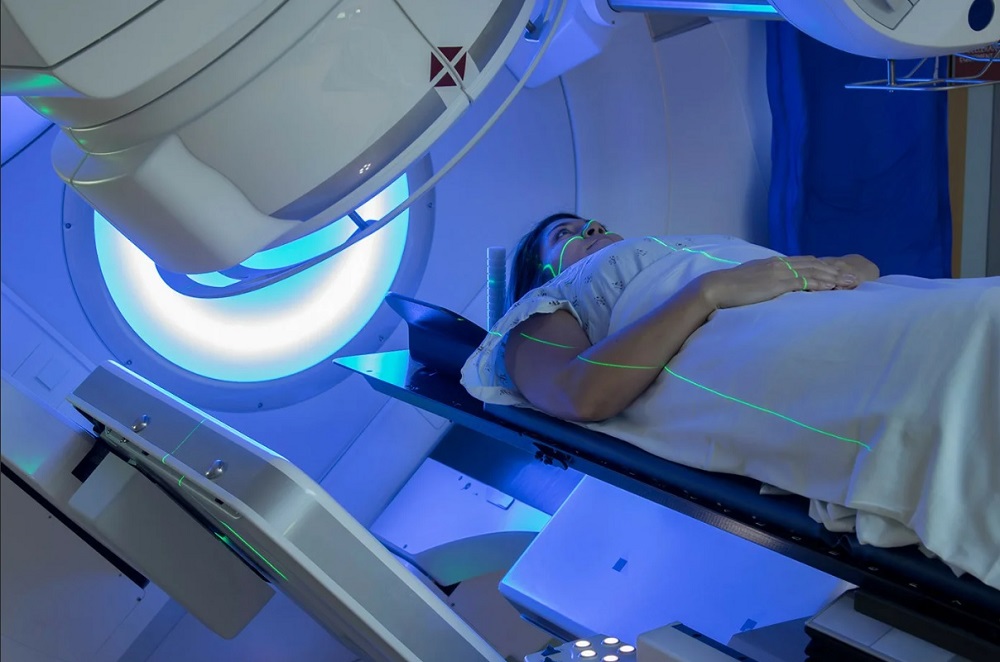Influence of interruptions in radiation therapy courses on long-term results of treatment

Modern radiotherapy does not accept breaks in treatment. The loss of local control for every unplanned missed day of treatment is beyond doubt. However, the reality is that radiation oncologists are increasingly faced with the need to stop a radical course of radiation or chemoradiotherapy, for example, due to infection of a patient with COVID-19.
A conditional division into the following priority categories is possible:
- Category 1: the gap in radical treatment should not exceed 2 days.
Head and neck squamous cell carcinoma, non-small cell lung cancer, small cell lung cancer, cervical squamous cell carcinoma, esophageal squamous cell carcinoma, vaginal and vulvar squamous cell carcinoma, anal squamous cell carcinoma, esophageal adenocarcinoma, medulloblastoma, and primitive neuroectodermal tumors. - Category 2: the gap in radical treatment should not exceed 5 days.
Breast cancer, bladder cancer, prostate cancer. - Category 3: patients receiving palliative care who may need a compensatory dose if the break is more than 7 days.
The main reasons for the gap in treatment: malfunction of radiotherapy equipment, public holidays, transport problems, socio-psychological problems, intolerable treatment toxicity/complications during treatment/intercurrent diseases.
Interruptions in treatment and, as a result, lengthening of the total time of therapy should be avoided by all possible means to maintain adequate local control, disease-free survival and other indicators.
More information can be found here.
We thank Pankov Pavel Dmitrievich, a radiotherapist at the K+31 West clinic, for the up-to-date information.
